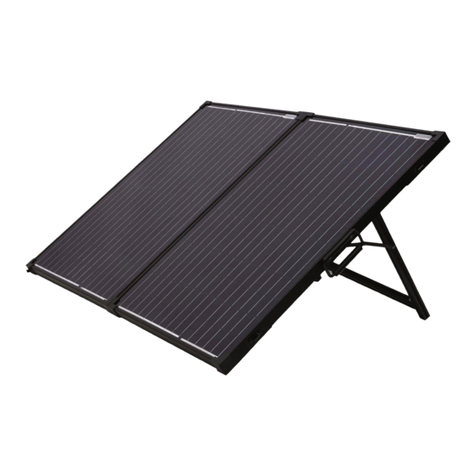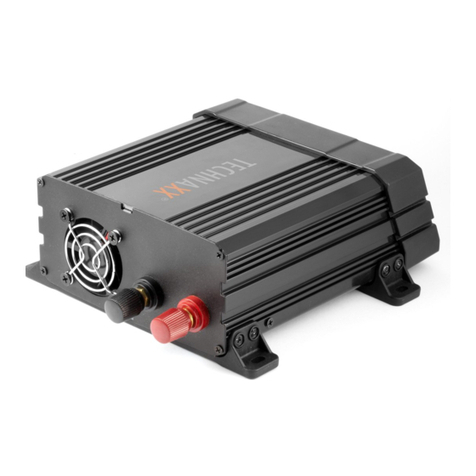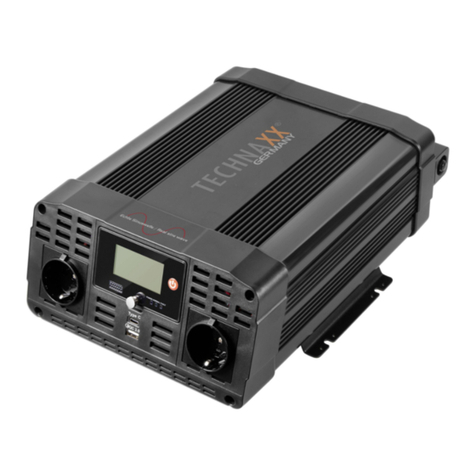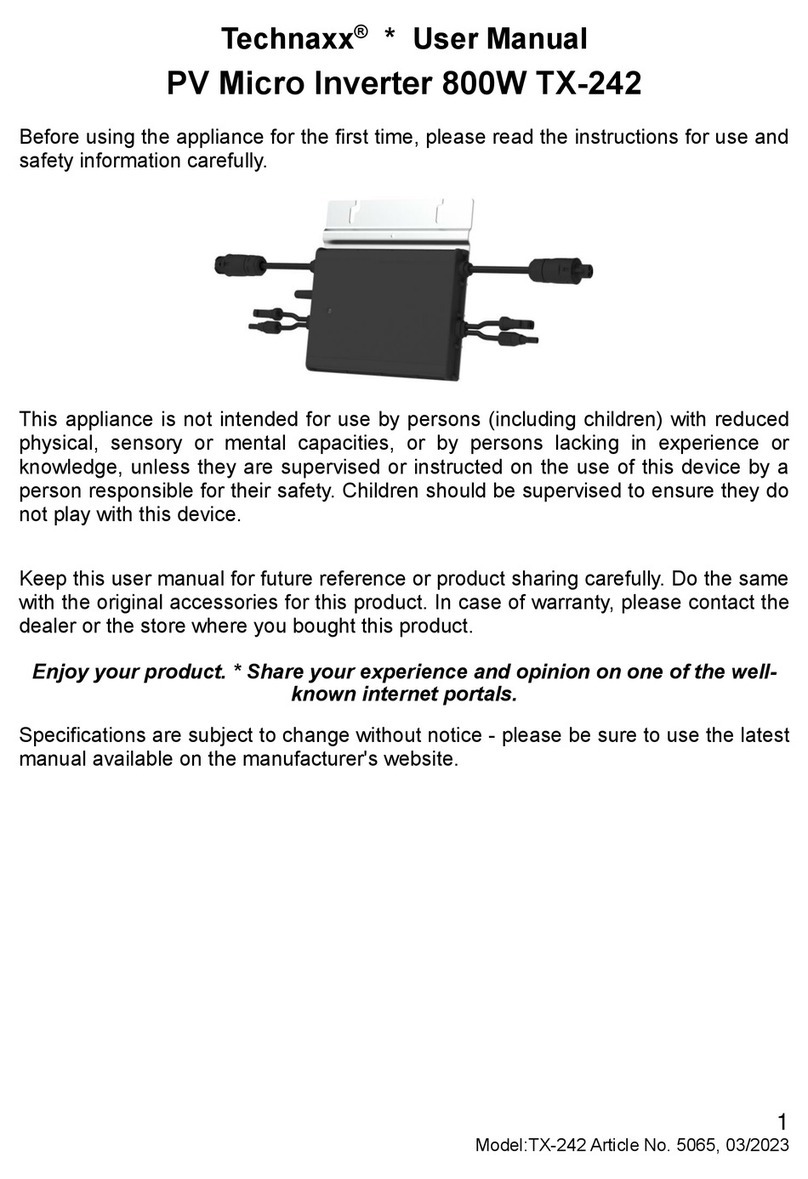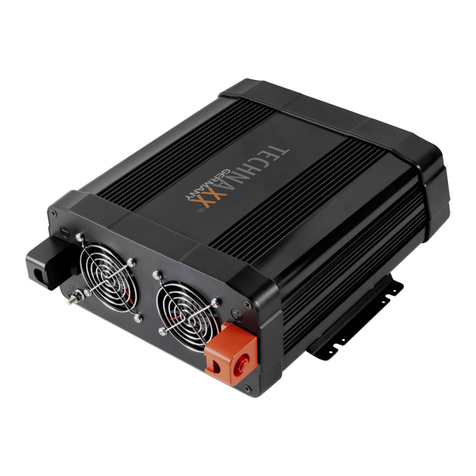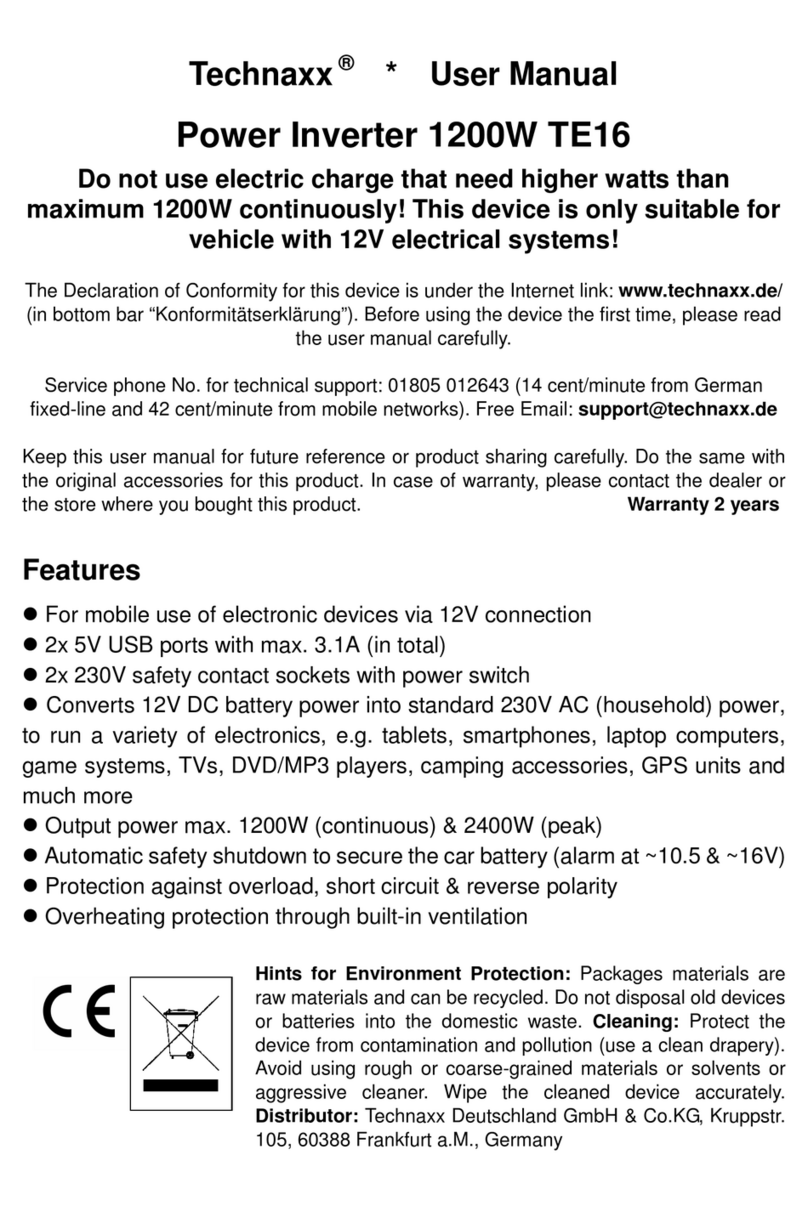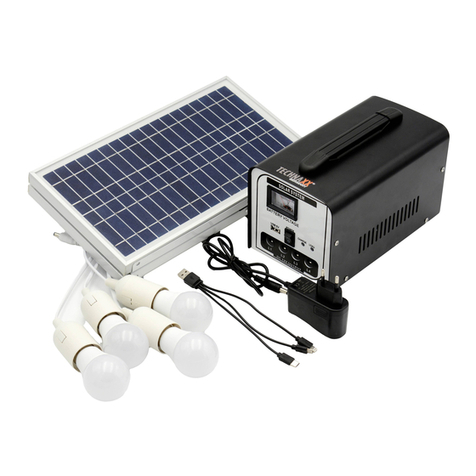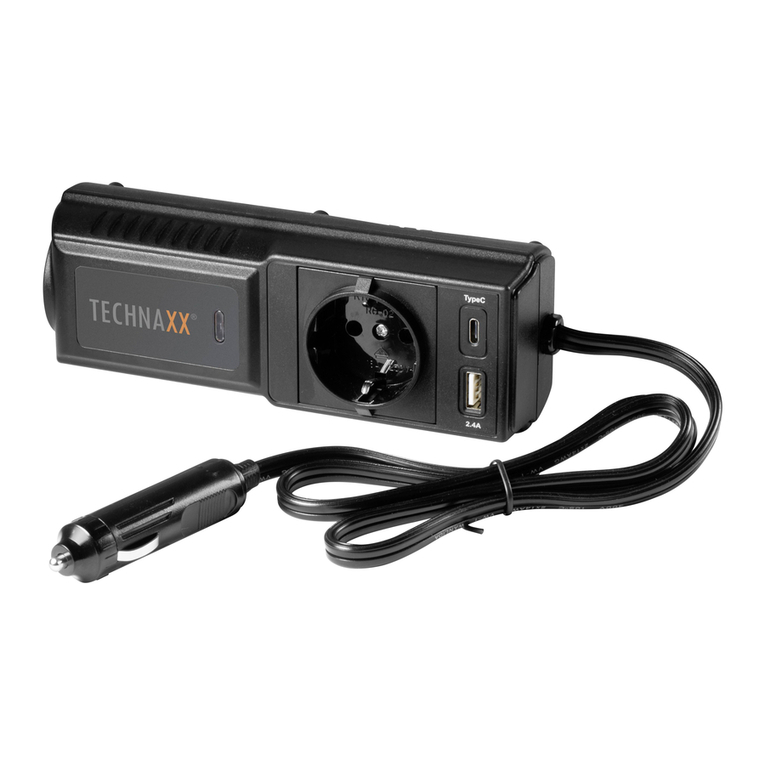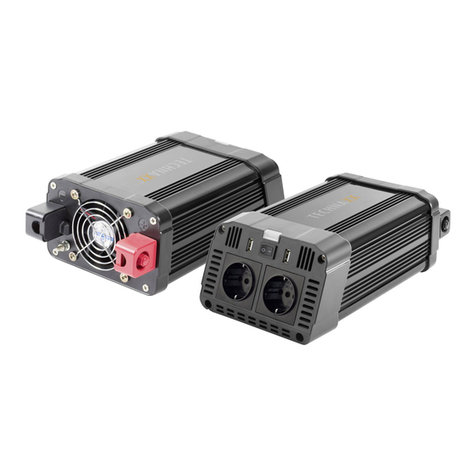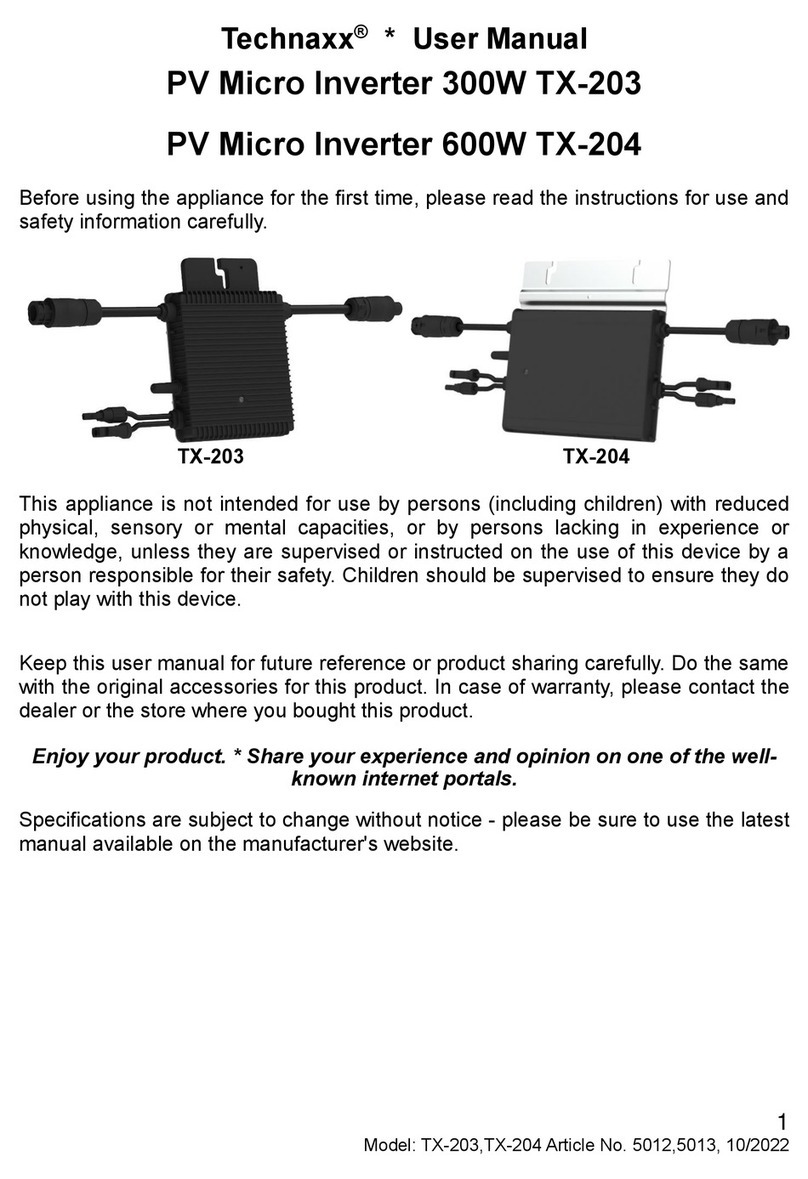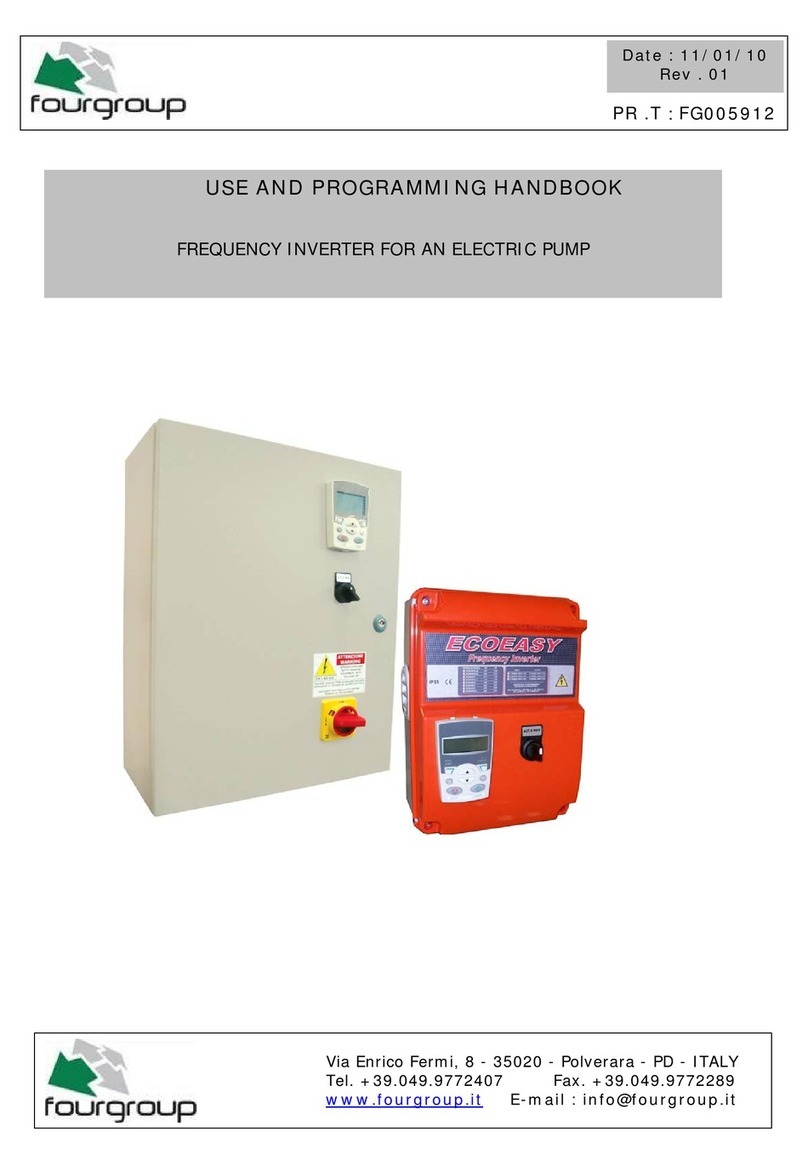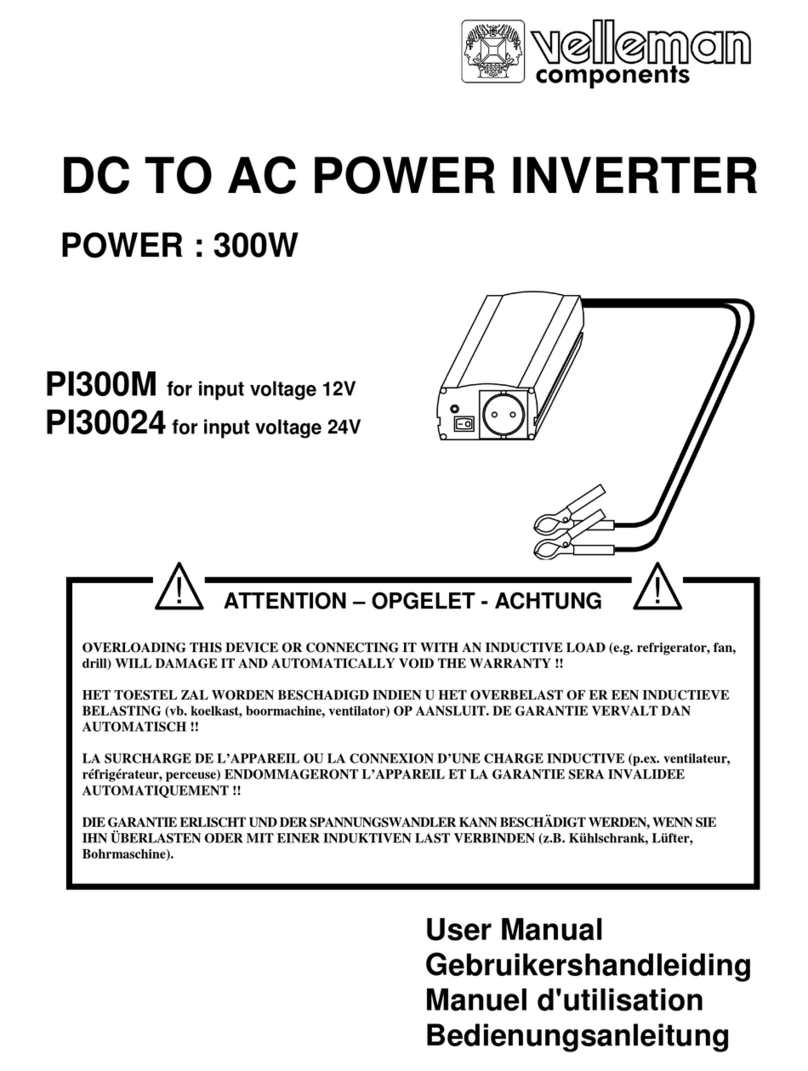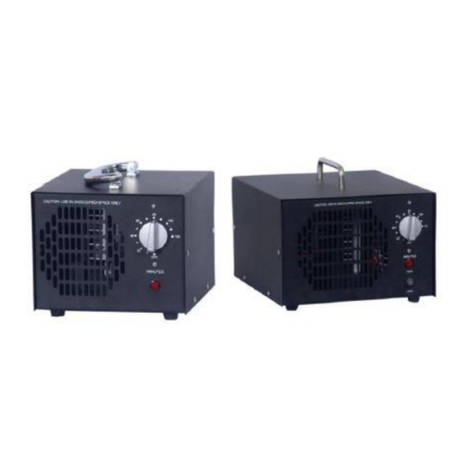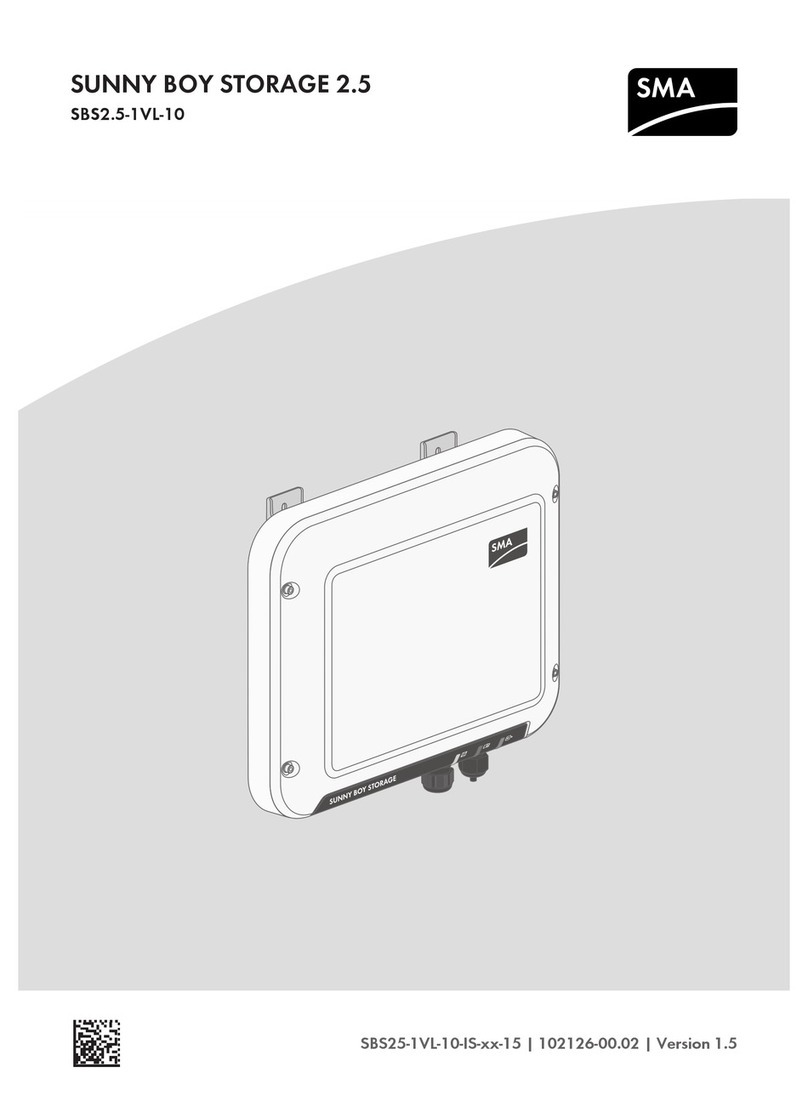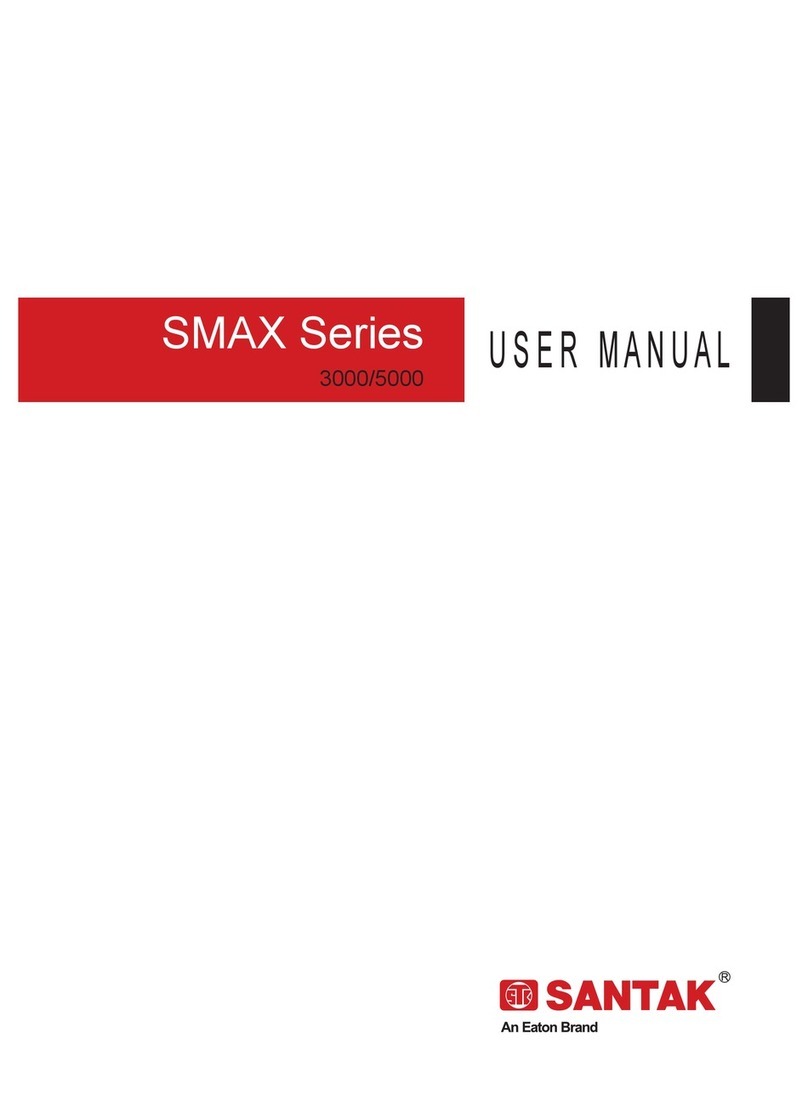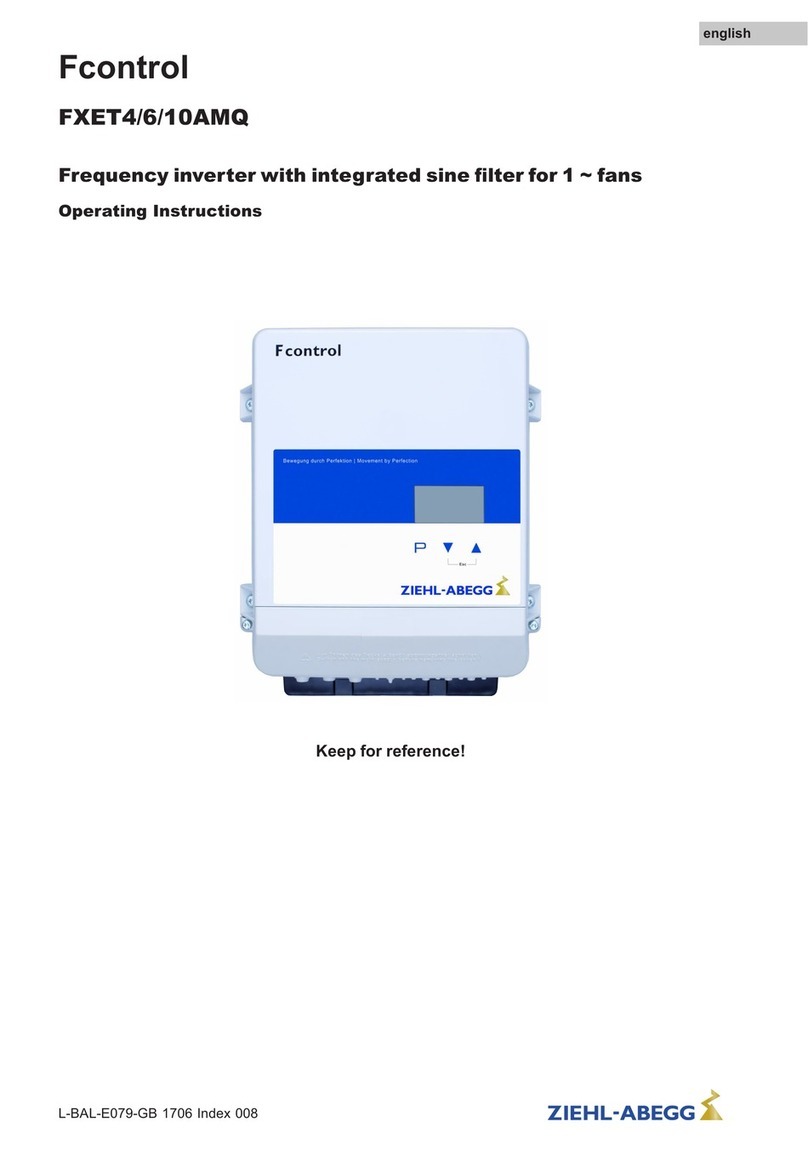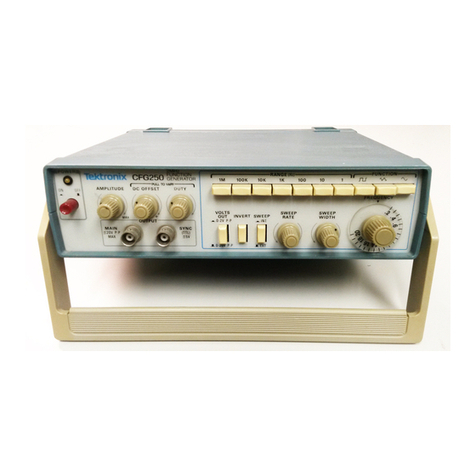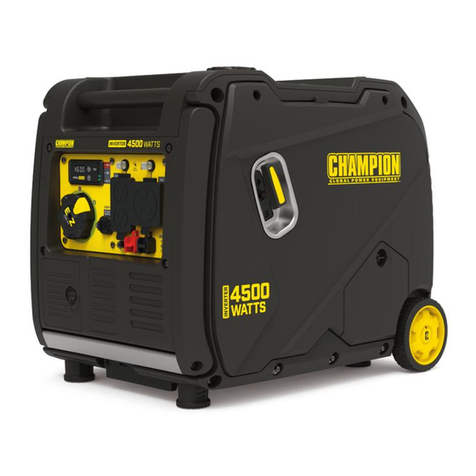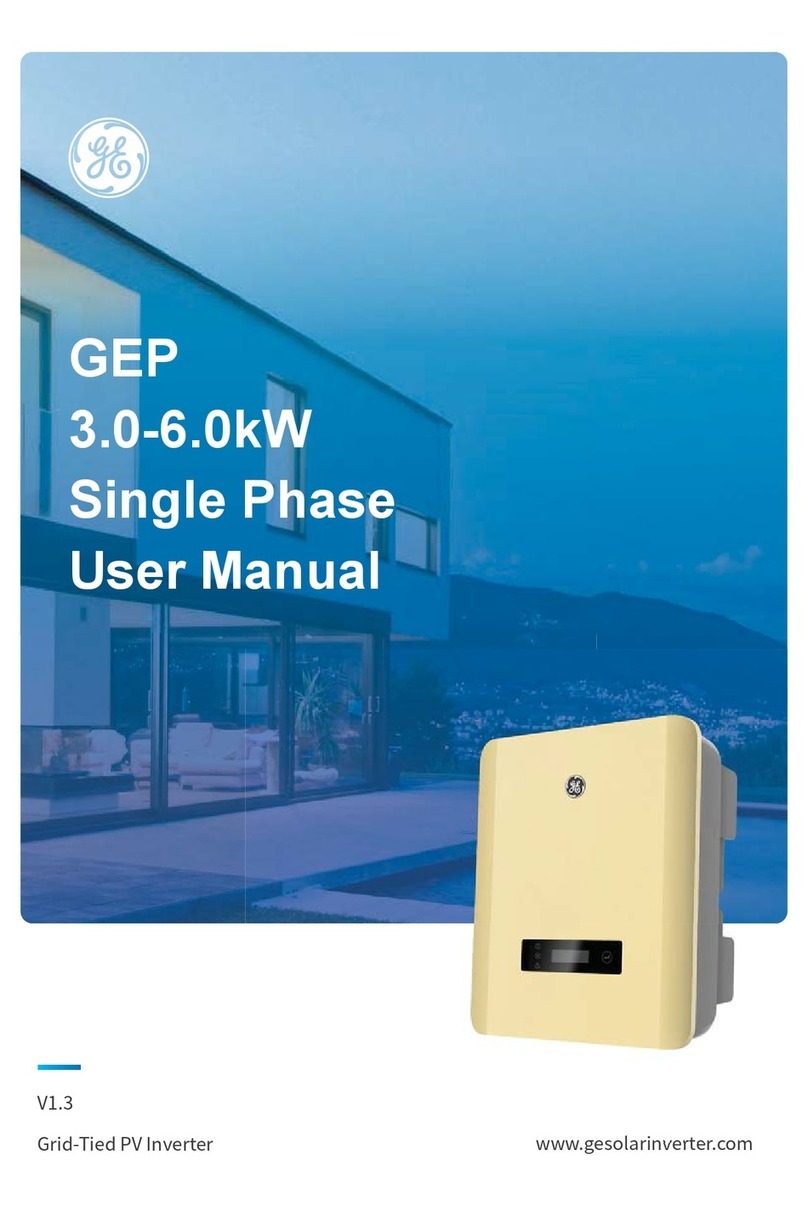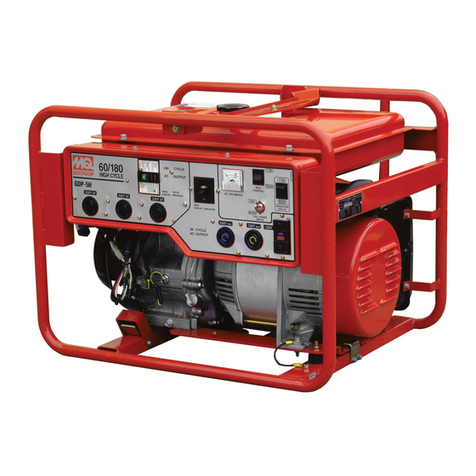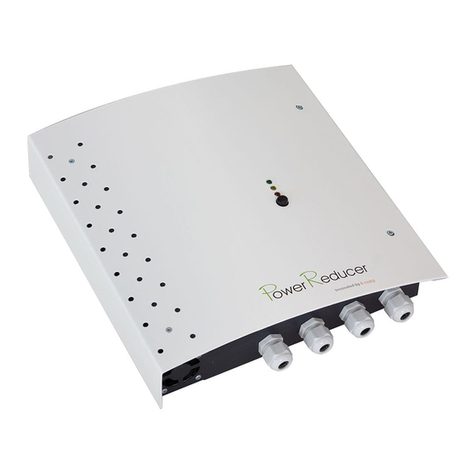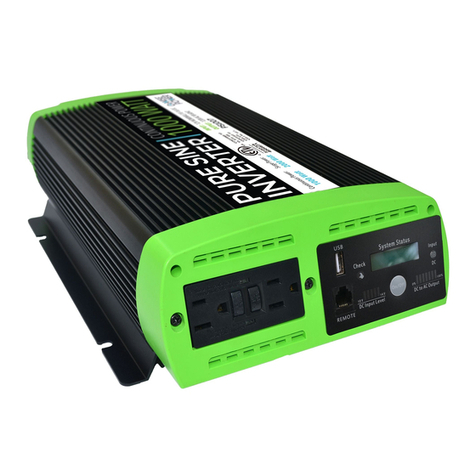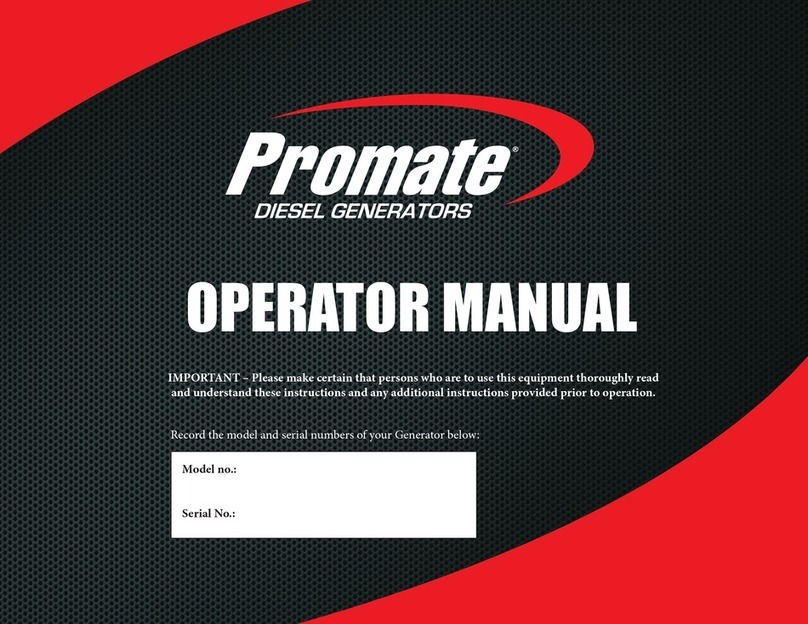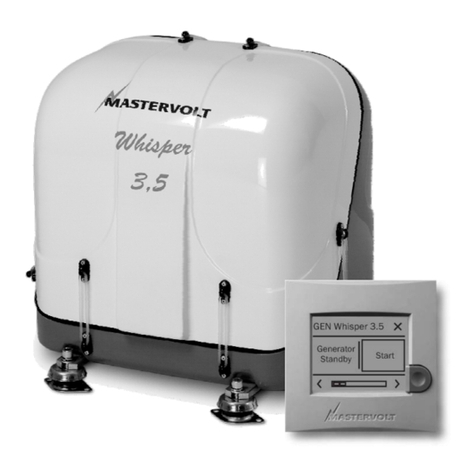
operating conditions (i.e. at home plugged into a standard 230 volt AC wall
outlet). Also, ensure that the antenna cable is adequately shielded and of
good quality.
Try altering the position of the inverter, antenna cables, and television power
cord. Add an extension cord from the inverter to the TV so as to isolate its
power cord and antenna cables from the 12 volt power source.
Try coiling the television power cord and the input cables running from the 12
volt power source to the inverter.
Ferrite Data Line Filters can be purchased at most electronic supply stores.
Try grounding the inverter with a minimum (0.75mm²) wire, using as short a
length as possible.
Protective Features
Low Voltage Alarm (Yellow LED on Inverter) This state is not harmful to
the Inverter, but could damage the power source. The Inverter shuts off when
the input voltage drops to 10.5 volts and an audible alarm sounds same time.
Over-Voltage Protection (Yellow LED on Inverter) - The Inverter will
automatically shut down when the input voltage exceeds 15.8±0.5V volts DC
Overload Protection (Yellow LED on Inverter) The Inverter will
automatically shut down if the continuous draw exceeds its maximum wattage
rating. When the Inverter is at or near maximum output, an alarm will sound.
When the alarm sounds you need to disconnect the device(s) to bring the
Inverter output down to an acceptable level. If you continue to use the Inverter
at or near the maximum output, it will eventually overheat and shut down. If
you exceed the maximum Inverter output, the alarm will sound and the
Inverter will automatically shut down. The yellow fault indicator will light and
the alarm will continue to sound. The Inverter must be reset after an overload
condition.
Temperature Protection
The Inverter is equipped with a cooling fan. Depending upon the load output
and the temperature of the Inverter, the cooling fan will turn on and off as
required to cool the Inverter if needed. If the temperature reaches
approximately 80°C the Inverter will shut down automatically. Turn off the
Inverter and allow it to cool for a minimum of 15 minutes. Before starting up
again, verify the total wattage of the devices being powered.
